Lalitpur Training Centre
Concept design for a new training centre in Nepal. A training centre that provides high standard training, support and advice for the skill and personal development of participants.
This was a pro-bono concept design for NGO Aussie Action Abroad who help facilitate new building work in Nepal alongside local communities. The structure had to be simple and familiar to conventional building methods, but also be responsive to the extremes of climate. A thermal mass building with plenty of roof insulation, shading and glass in the right places will passively moderate the internal temperatures across the broad band of temperatures experienced in Kathmandu.
“Ultimately, What Determines The Permanence Of A Building Is Not The Wealth Of The Developer Or The Materials That Are Used, But The Simple Question Of Whether Or Not The Resulting Structure Is Supported — Loved — By The People.” Shigeru Ban
Vernacular architecture is the result of hundreds of years of optimization to provide a comfortable shelter in a local climate using available materials and known construction technologies. Due to the absence of mechanical means, traditional buildings use solar passive measures to achieve thermal comfort conditions.
And thus the inspiration for the design of this centre derives from what has come before, using the most appropriate materials available and used in the best way. The buildings will be cheaper to run, more comfortable for the staff and students to work in, and provide an example of simple and low-tech environmentally sustainable design.
Traditional Solutions
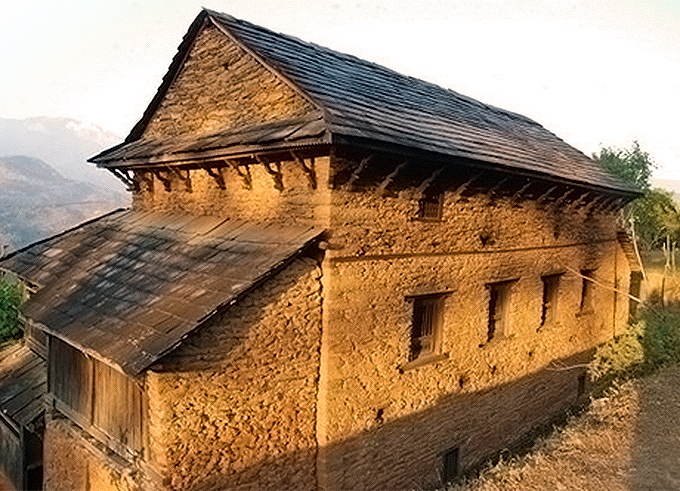
Traditional Nepali hill house with eaves to shade the walls and a steep slate roof to disperse the rainwater.
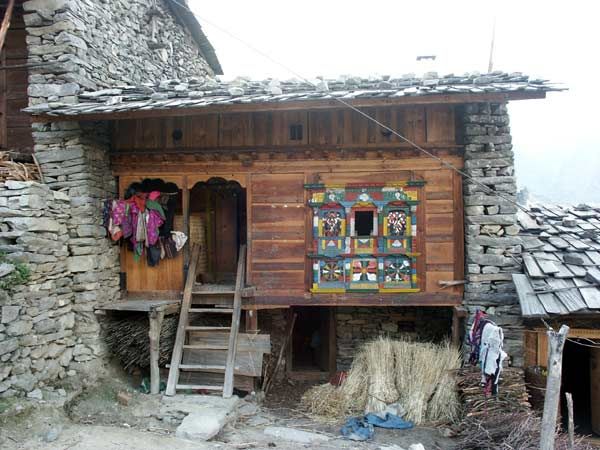
Mixture of stone and timber allows good thermal adaptation to varying weather conditions
Contemporary Solutions
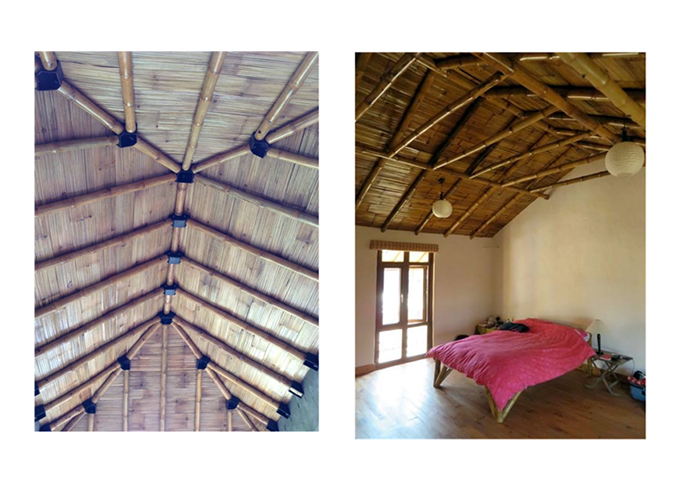
Bamboo roof used in a modern Kathmandu home will dissipate unwanted heat quickly
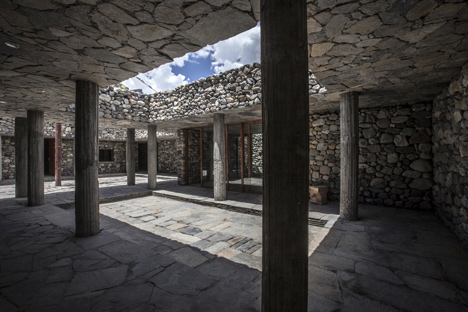
Contemporary stone building in Jomsom. Courtyard with deep shading to thermal mass walls to prevent overheating in summer.
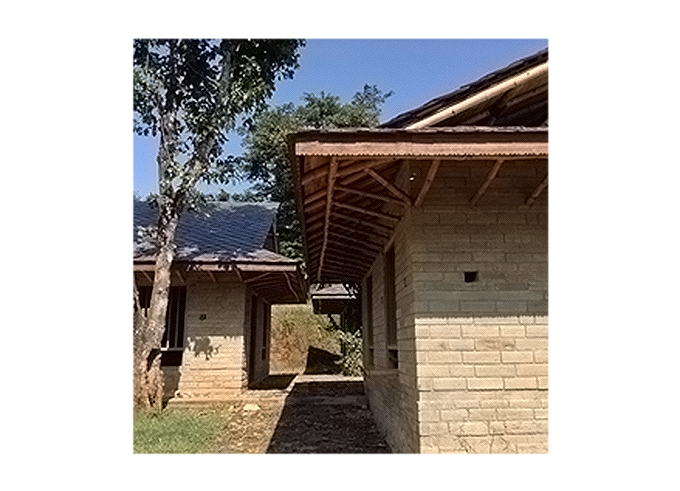
Stone and Bamboo School built by Abari and Learning Planet that survived the earthquake in Gorkha
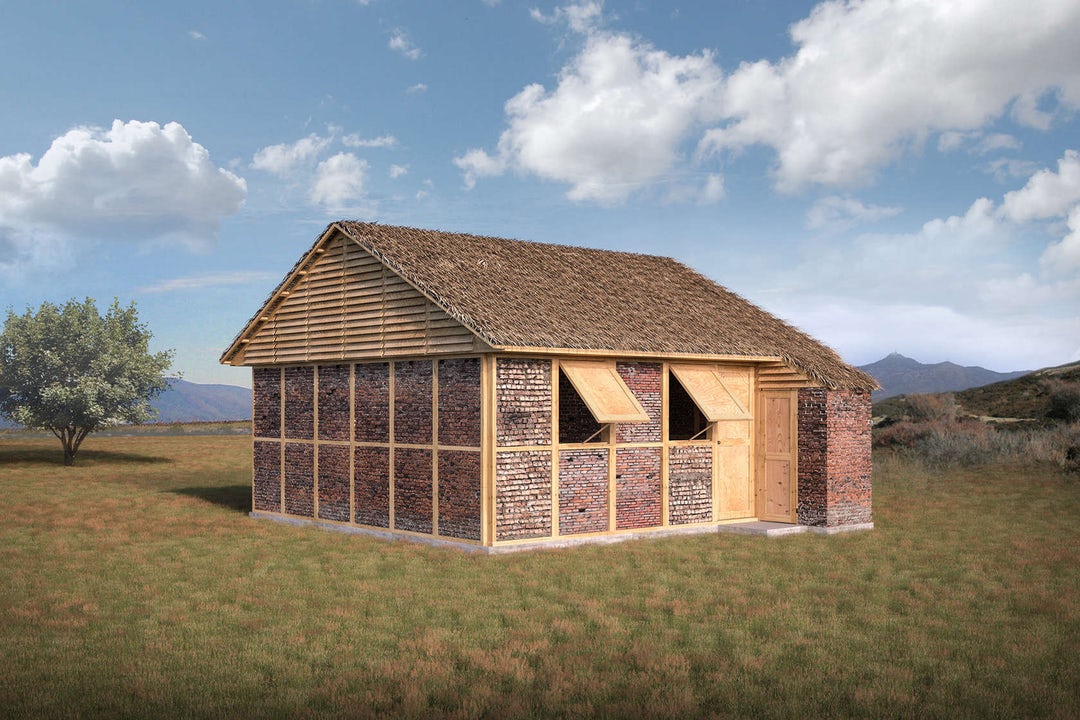
Shigeru Ban’s rubble and cardboard earthquake resistant design. Uses roof thatching and ventilation to keep the roof cool.
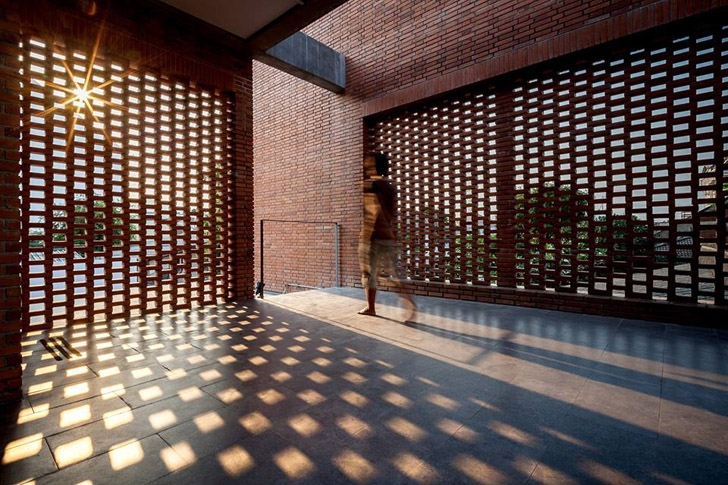
Creative voids in brick walls can create shade and capture breazes in semi-open courtyard spaces.
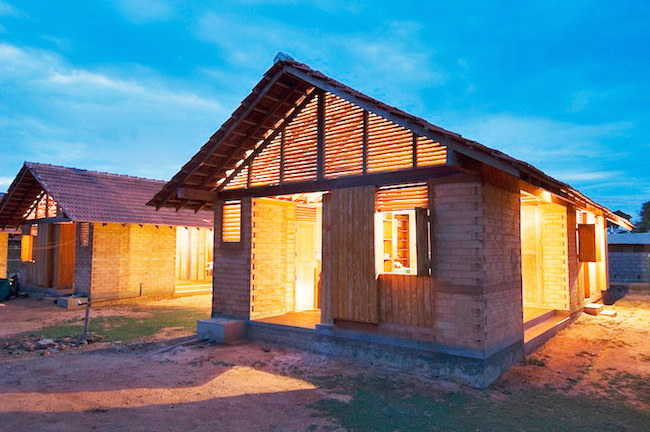
Shigeru Ban completed house
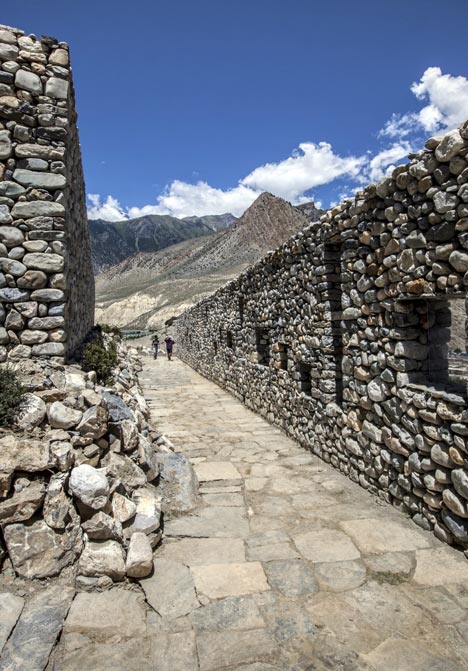
Small openings in wall to block sun and allow breazes through.
Climate Data And Passive Design Criteria
Download PDF Details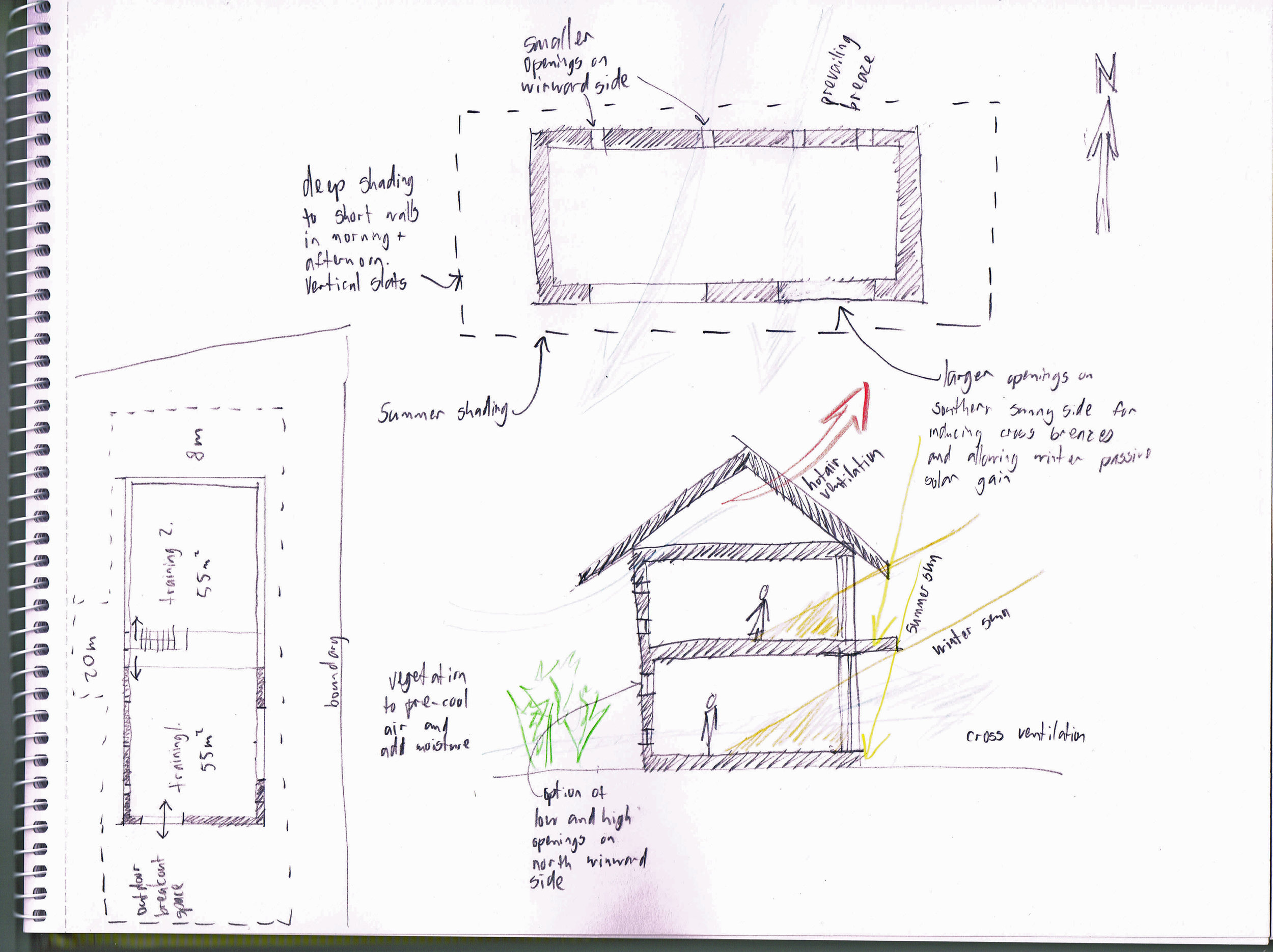
Schematic concept
Concept images for the training centre, consisting of two training rooms and a shared kitchen on the ground floor, each has their own covered break-out space. On the first floor is the resource centre. Total building area approximately 320msq.




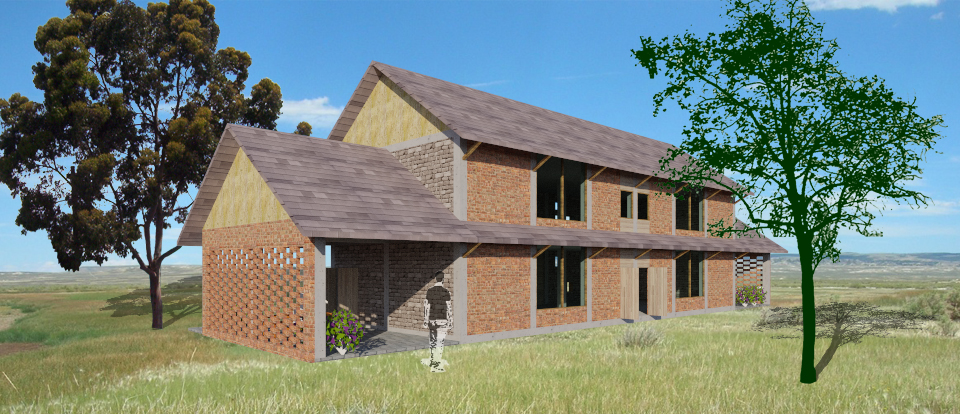

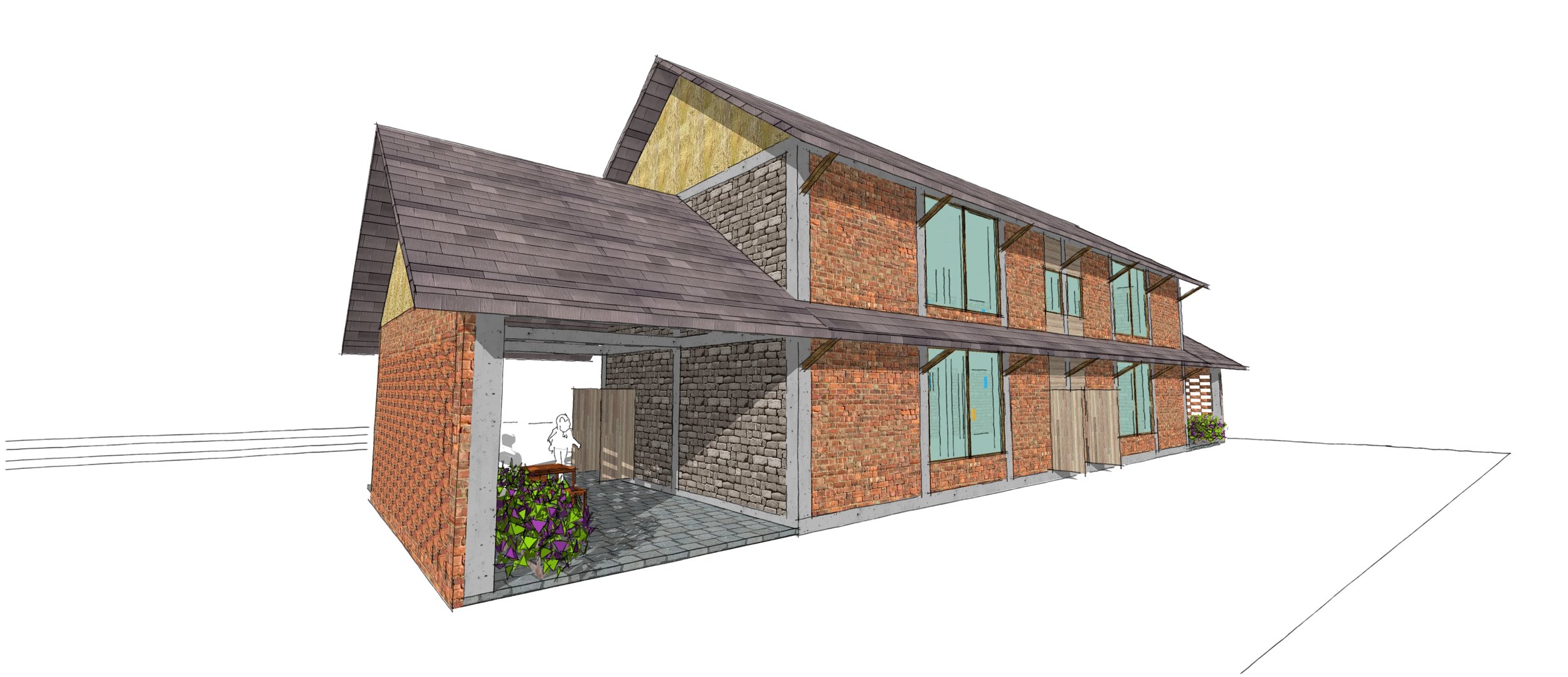
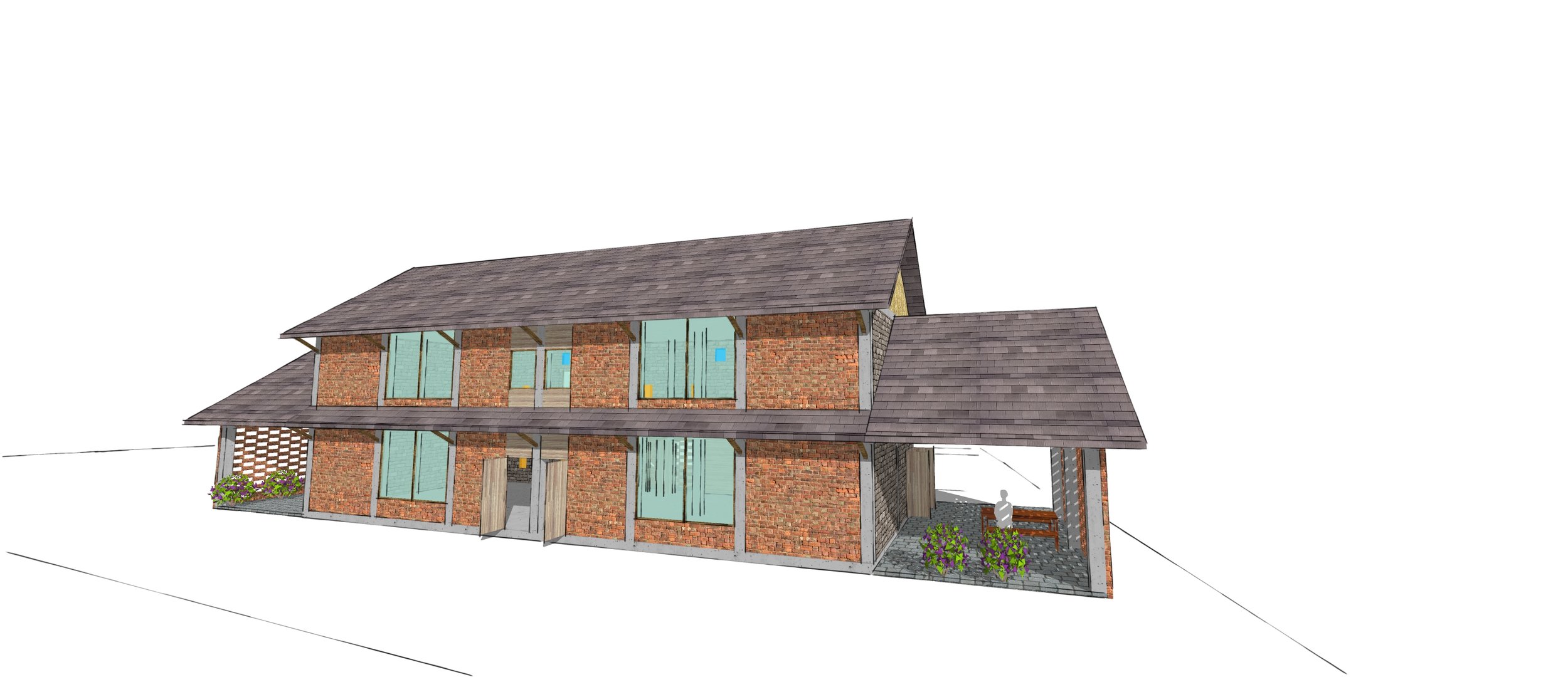
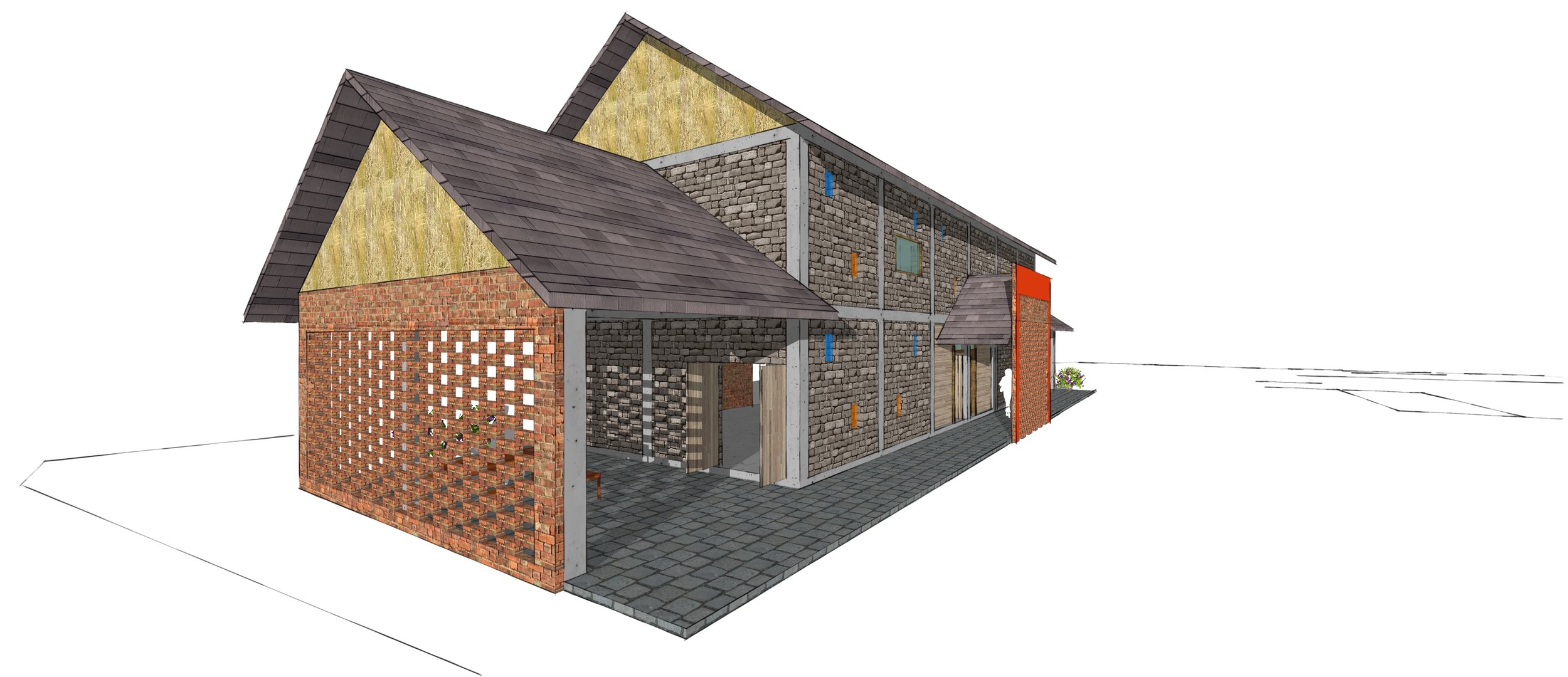
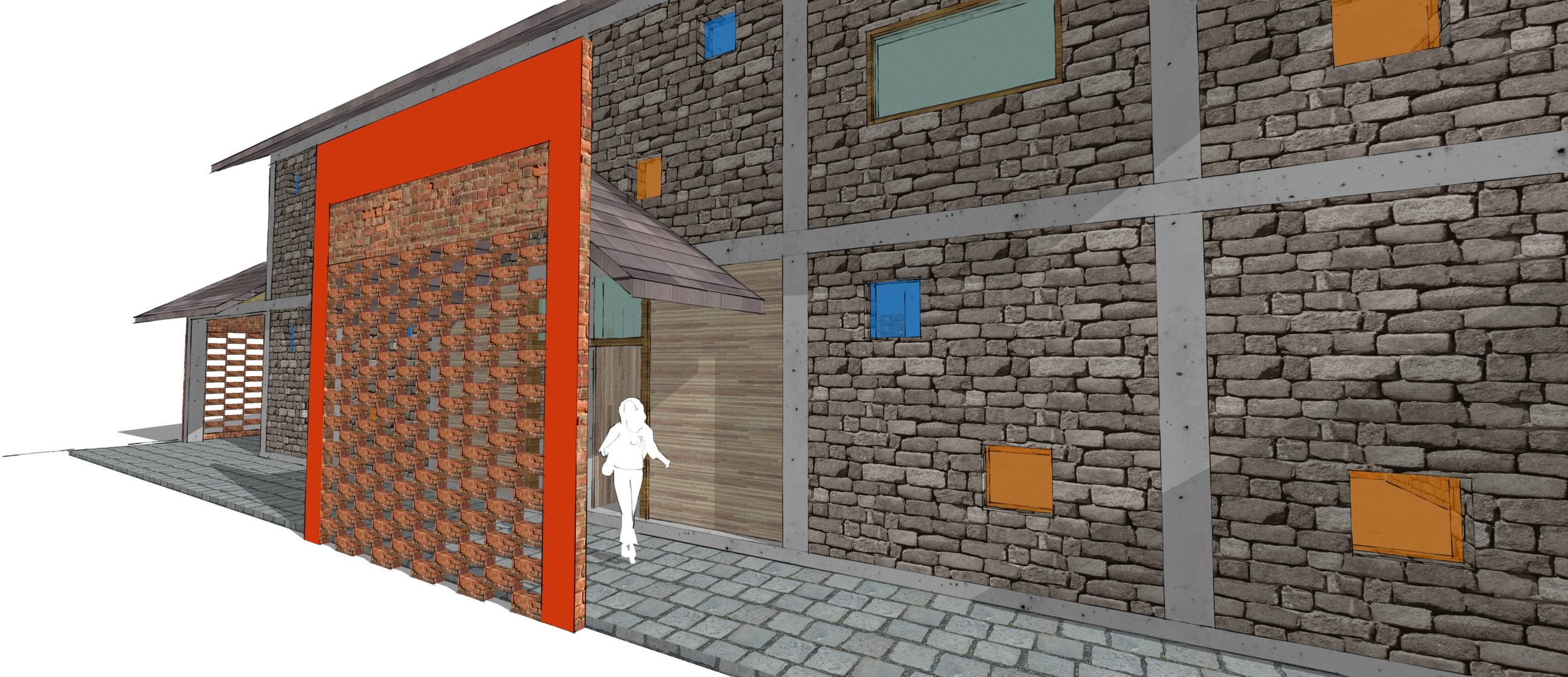
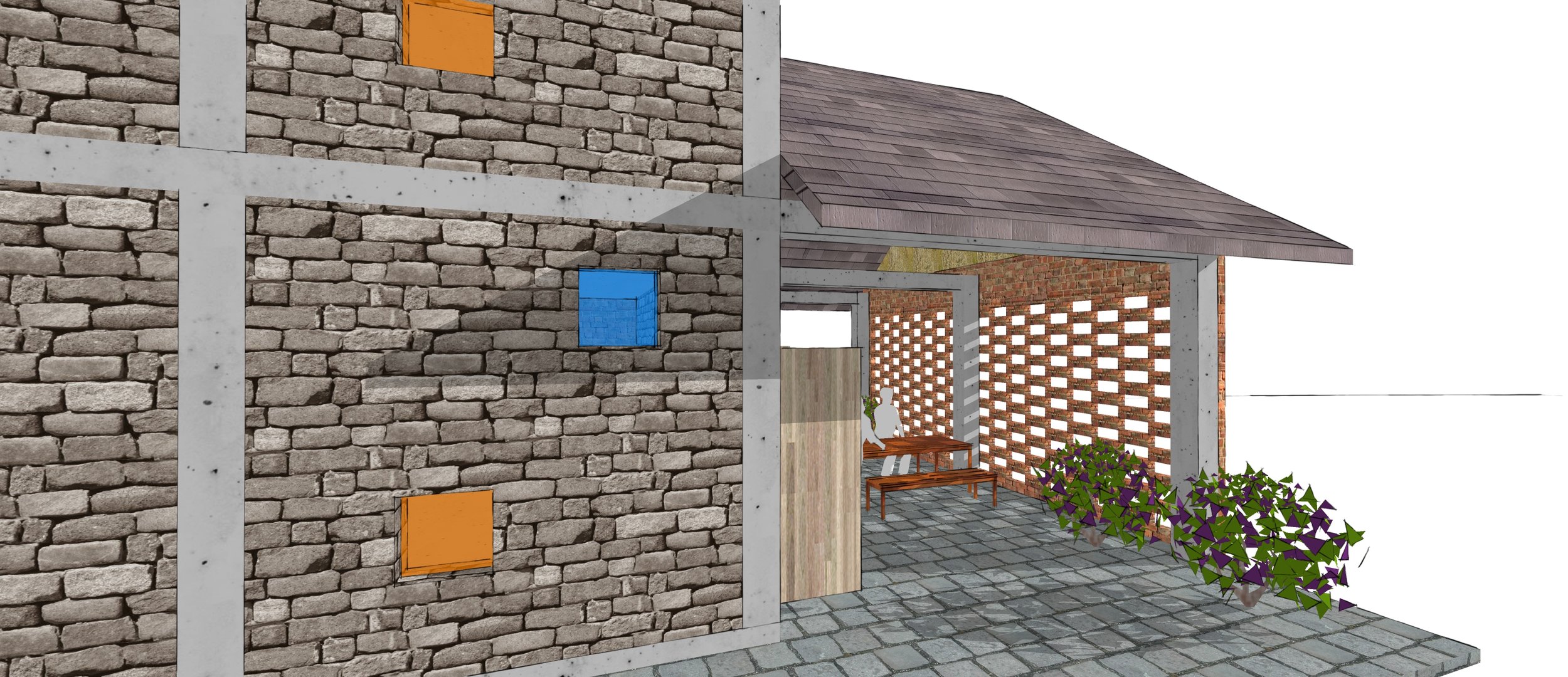
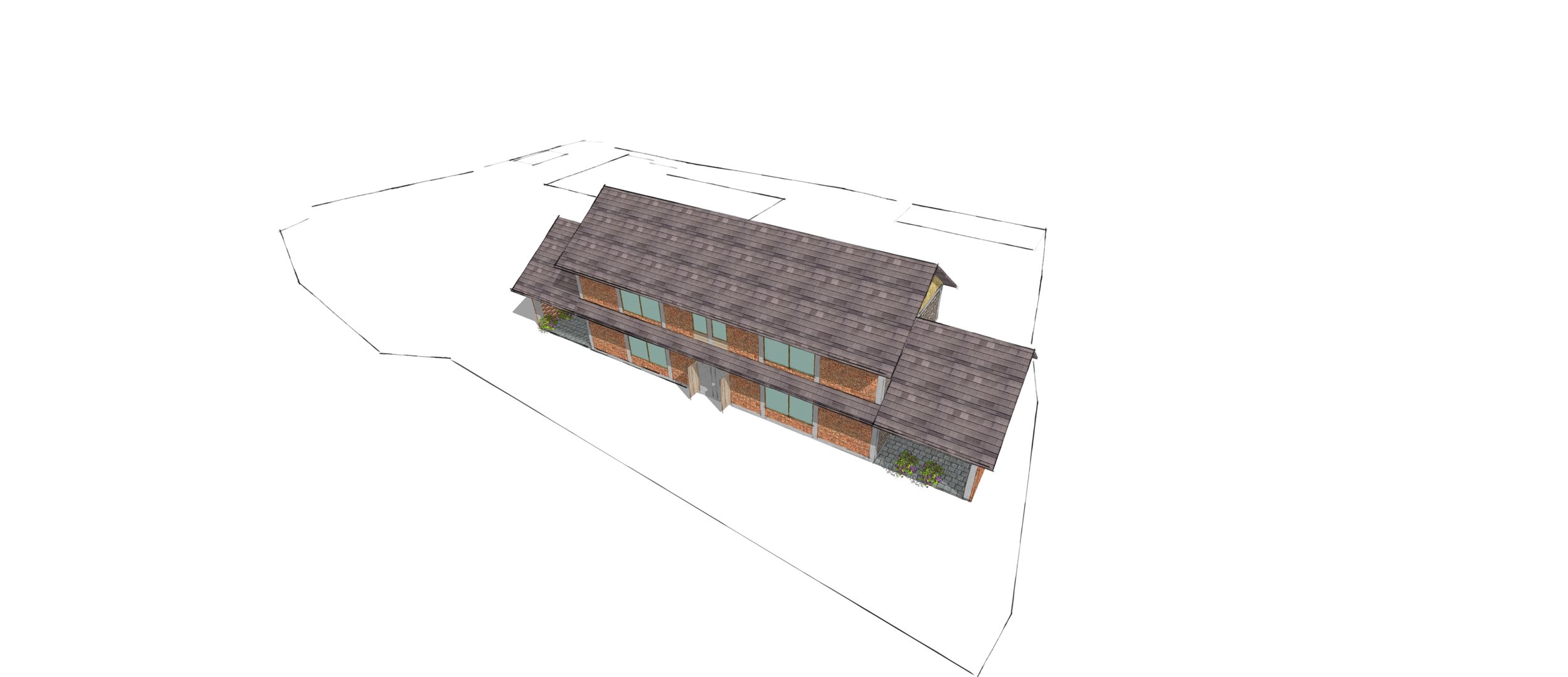
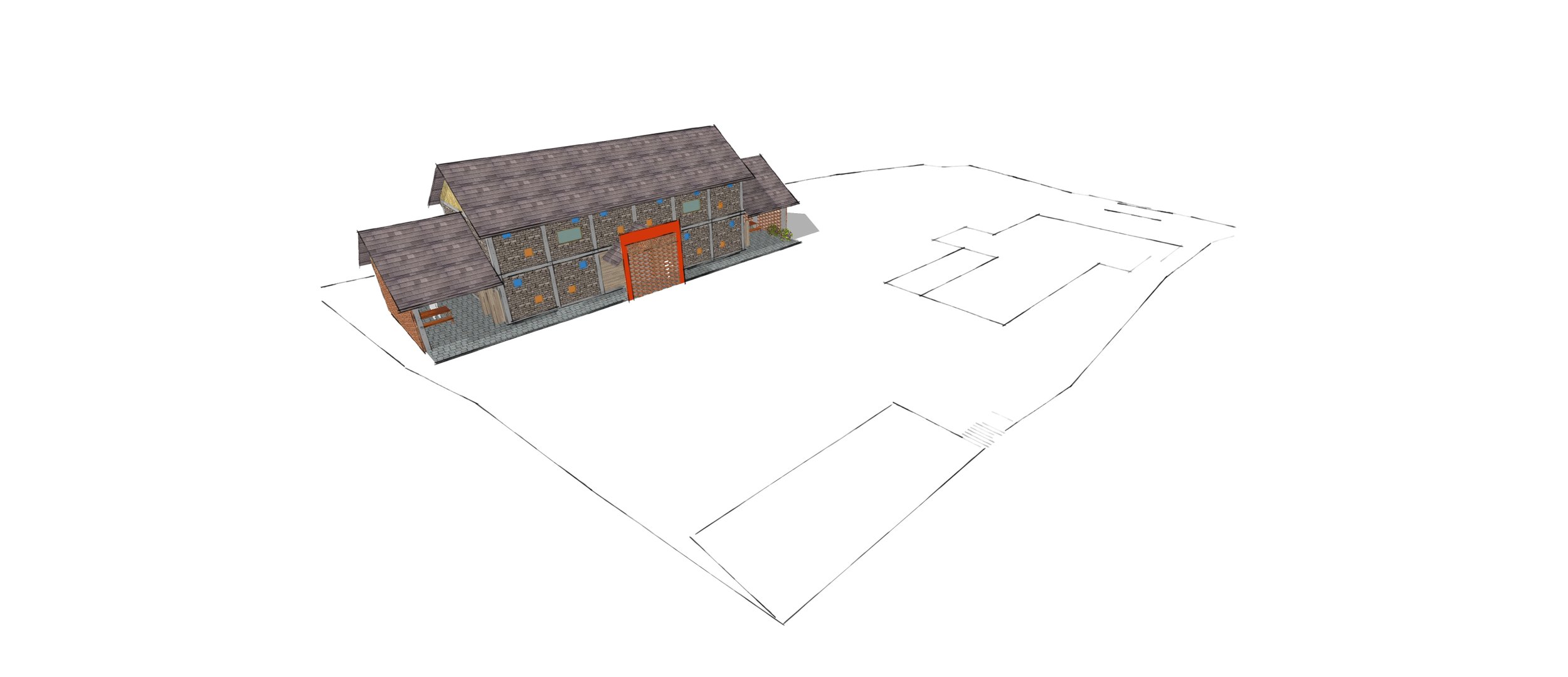
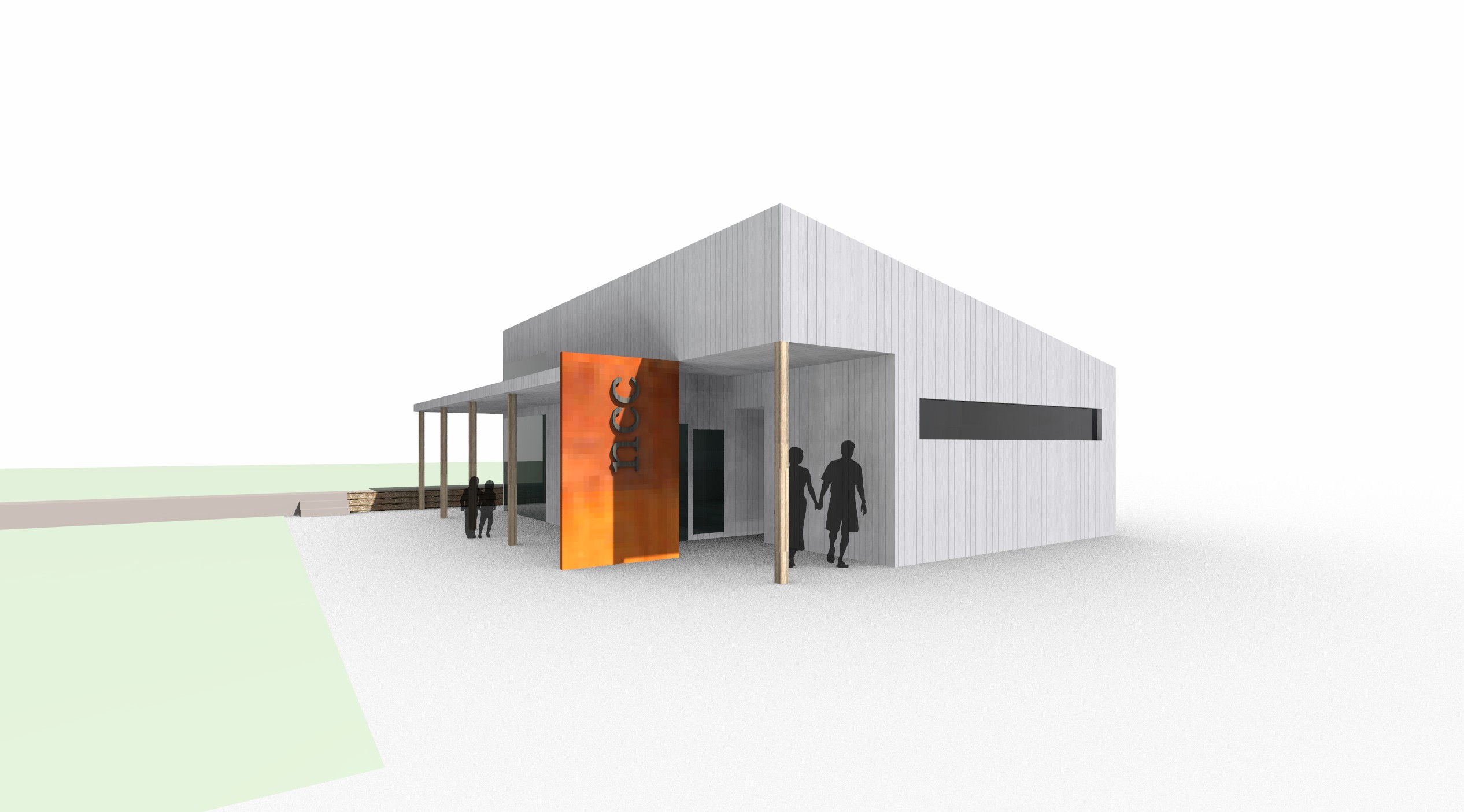
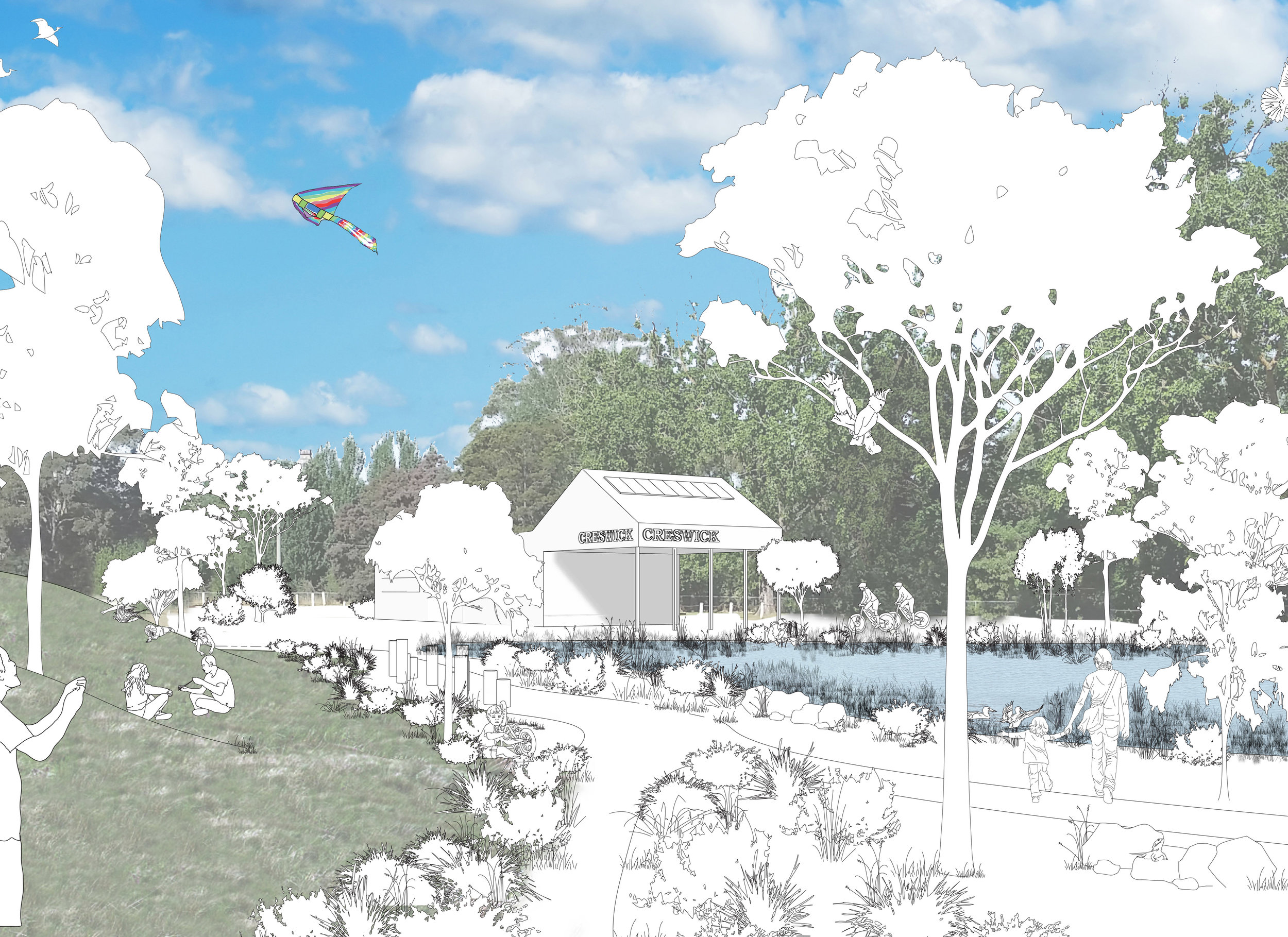
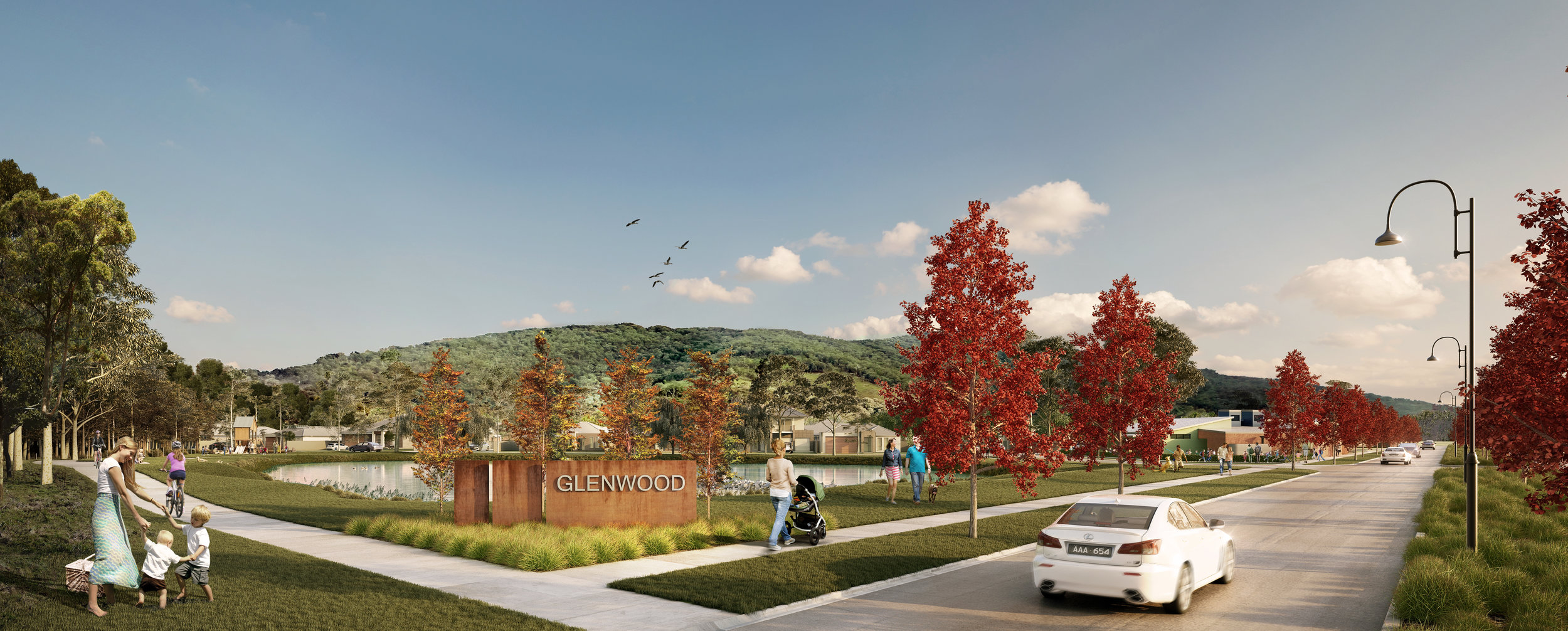
No Comments